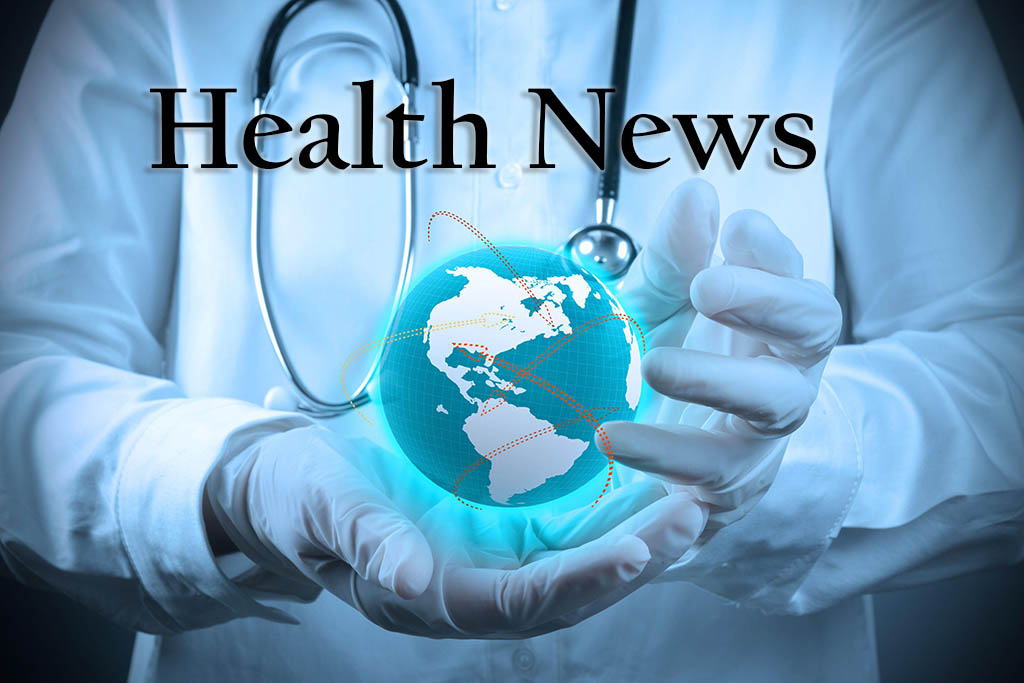Najib Babul Discusses the Benefits and Limitations of the 505(B)(2) Regulatory Pathway For Drug Approval

CLARK COUNTY, NV / ACCESSWIRE / January 7, 2021 / Hardly a week goes by without a pharmaceutical company expressing the desire to reap the benefits of developing a drug using the “505(b)(2) regulatory pathway.” What are 505(b)(2) new drug applications (NDAs) and do they really provide a meaningful advantage to pharmaceutical companies? Dr. Najib Babul, an experienced drug development and regulatory affairs consultant discusses the benefits and limitations of this drug approval pathway.
The term “505(b)(2)” is derived from Section 505 of the Federal Food, Drug and Cosmetic Act, as amended by the Drug Price Competition and Patent Term Restoration Act of 1984. The latter is informally known as the Hatch-Waxman Act, so named after its legislative sponsors, Representative Henry Waxman of California and Senator Orrin Hatch of Utah. Section 505(b)(2) refers to NDAs for whom some of the information required for approval comes from sources other than the applicant, or for which the applicant has not obtained a right of reference.
A 505(b)(2) NDA is “an application that contains full reports of investigations of safety and effectiveness but where at least some of the information required for approval comes from studies not conducted by or for the applicant and for which the applicant has not obtained a right of reference.” (FDA, October 1999).
A 505(b)(2) NDA may differ from a previously approved reference product, including dosage form, dose, dosing frequency, route of administration or indication. 505(b)(2) submissions include some data from studies not conducted by the pharmaceutical sponsor, by relying on (i) FDA’s prior findings of safety and/or effectiveness of an approved drug; and/or (ii) nonclinical and/or clinical data from published literature where the pharmaceutical sponsor does not have a right of reference.
“Companies with limited R&D resources can forgo costly and more risky discovery and development of new chemical entities and instead make incremental innovations to existing drugs. In this manner, companies can use the 505(b)(2) regulatory pathway to repurpose or reposition drugs for new indication,” notes Dr. Babul. To assist the NDA sponsor in deciding the suitability of one of the abbreviated NDA approval pathways, the FDA has produced a useful guidance (FDA, May, 2019).
The 505(b)(2) regulatory pathway provides five years of marketing exclusivity if the drug has never previously been approved in any form in the U.S., and three years of marketing exclusivity if the drug has previously been approved in another form in the U.S. In addition to the Hatch-Waxman exclusivity, a drug may be eligible for 6-months of pediatric exclusivity under the Best Pharmaceuticals for Children Act, and if the drug has any FDA “Orange Book” listed patents (even if such patents are not infringed), the FDA is obliged to hold-off approval of a generic copy for up to 30 months to allow the parties to litigate.
The 505(b)(2) drug approval pathway was created to allow companies to innovate with currently available drugs without having to perform a full complement of studies which can take 12 to 15 years, cost approximately $2.5 billion from discovery to commercialization, and exhaust most of a drug’s patent life. It is therefore not surprising that companies use the 505(b)(2) regulatory pathway to introduce “line extensions” of existing drugs to obtain further non-patent exclusivity, noted Dr. Babul. More NDAs are approved each year using the 505(b)(2) regulatory pathway than the 505(b)(1) pathway, which is usually used for the development of new molecular entities.
Although there are some benefits to the 505(b)(2) NDA pathway, they are far from impressive. Some in the investment community remain underwhelmed by the purported benefits of the Hatch-Waxman exclusivity. In contrast to the limited period of market exclusivity in the U.S. for such repurposed drugs, pharmaceutical companies can avail themselves up to 11 years of exclusivity in the E.U., based on the 2005 EU Data Exclusivity Directive. The E.U. exclusivity has been termed by the European Parliament as the “8+2+1” regime. It can include eight years of data exclusivity, two years of marketing exclusivity, and a potential one-year extension, not to mention a further six-month exclusivity for conducting pediatric studies.
Dr. Najib Babul, PharmD, MBA, a drug development and regulatory affairs consultant is a graduate of the University of British Columbia, the State University of New York, and the California Institute of Advanced Management. He has over two decades of experience in bringing new and repurposed drugs to market. Dr. Babul is the author of over 180 abstracts and manuscripts published in leading medical journals and scientific proceedings, including the Lancet, the Journal of Clinical Pharmacology, the Journal of Clinical Oncology, Cancer, Anesthesiology, Clinical Pharmacology & Therapeutics, and Anesthesia & Analgesia.
Contact:
Najib Babul
Cinergen LLC
nb@cinergen.com
SOURCE: Cinergen LLC
View source version on accesswire.com:
https://www.accesswire.com/623559/Najib-Babul-Discusses-the-Benefits-and-Limitations-of-the-505B2-Regulatory-Pathway-For-Drug-Approval
